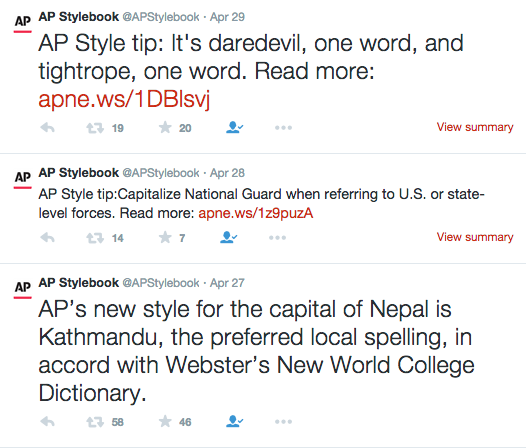(UPDATE: Just as we posted this, FIFA President Sepp Blatter announced his resignation. We feel like there’s a good chance some of the head honchos at the top FIFA sponsors might have played a role in it.)
This won’t come as a shock to those who know me well, but I’m a huge sports fan. Especially soccer. When the United States Women’s National Team was in St. Louis in April, my voice was completely gone the following Monday during our G/L status meeting (oops).
My over-the-top fanaticism aside, being a soccer supporter means having to deal with FIFA, the organization that governs the sport, at a worldwide level. Last week, law enforcement agencies in the United States formally accused the organization and members of the top brass of systematic corruption with regards to the lucrative contracts and events that FIFA is in charge of.
While corruption accusations have whirled around FIFA for decades, these latest allegations have gained traction and created public outrage, not just in the United States, but worldwide. And fans are demanding accountability, not just from the organization, but also from the brands that are aligned with it.
This puts multi-national FIFA sponsors like Adidas, Budweiser, Coca-Cola, Hyundai and Visa in a precarious spot. Most of the companies tied to FIFA have made statements to the effect of asking the organization to take firm action to address the charges at hand. But that may not be enough, at least in the short term, according to a recent Ad Age article.
A bold move would be for one of the aforementioned brands to consider pulling their sponsorship of FIFA, including marquee events such as the 2018 World Cup in Russia and the 2022 edition in Qatar. This would certainly send a strong message globally.
On the other hand, in the age of the 24-hour news cycle, it’s quite possible that they’re just waiting for another worldwide scandal to take hold and relegate the current crisis to a level of lesser importance. The timing of the scandal, along with the reelection (and subsequent resignation) of FIFA president Sepp Blatter created a perfect storm of calamity. But without any new developments, will the story hold the same level of prominence weeks and months from now?
Or is there a cynical hope that, with soccer being the “World’s game,” that supporters will flock to stadiums regardless of who’s in charge and the allegations at hand?
Consumers do seem to care more about where their products come from and the brands they align with stand for than ever before. While the “safe” move might be to issue a statement and stand pat, if the controversy continues to grow, the brands involved may have no chance but to adapt a more substantive approach…or take John Oliver up on his offer:
Crisis Communications almost always doesn’t involve issues that are black and white. When determining the best way to act in a suddenly explosive scenario, what processes does your brand have in place? We’re always happy to chat.
[gl-hs-form form_id=’1863abe3-c1e4-43d0-a298-c7b132f8ce03′]

 You don’t have to spend much time around the G/L office to realize that Kathy “KL” Leonard is one of the most colorful characters here. Our VP of Public Relations is known for her peppy attitude and borderline obsession with the game of golf. “If it is above 50 and dry, I am probably on the golf course – both days of the weekend.” We are used to hearing about her awesome golf weekends and vacations – she is one of the few people that we know who has played
You don’t have to spend much time around the G/L office to realize that Kathy “KL” Leonard is one of the most colorful characters here. Our VP of Public Relations is known for her peppy attitude and borderline obsession with the game of golf. “If it is above 50 and dry, I am probably on the golf course – both days of the weekend.” We are used to hearing about her awesome golf weekends and vacations – she is one of the few people that we know who has played